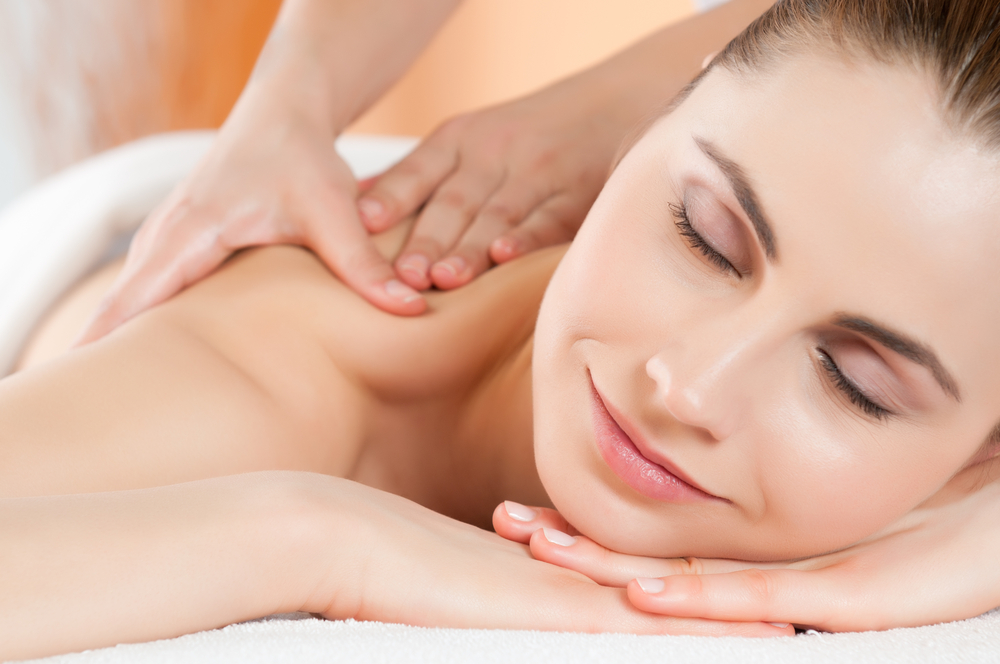Total Body Relaxation How-To

Modern life is often, bluntly put, a continual rain of stressors. The moment we think we’re done with one problem there are two more that need solving right then to keep everything going smoothly. Constant stress has a way of wearing down even the most resilient people. It eats at our health and, by extension, our appearance over time. Taking good care of ourselves is paramount. This isn’t just remembering to exercise and eat well though. We all need to take the time to relax to be able to maintain our overall health. The problem is that we can often forget to make the time to do just that or feel we don’t have the time. It is little wonder that many people have been turning to meditation techniques to try and find ways to manage the stress in their lives. Total body relaxation techniques are particularly popular as they offer a way to try and release tension all over your body.
But What Do I Need?
Our first impulse when learning about new techniques or tricks to manage our stress can be whether we actually need any new equipment to do something. It makes sense in our society where it feels like every potentially helpful thing comes with a price tag, but in truth, you can actually perform full body relaxation techniques anywhere you can make time and feel comfortable. Ideally, you should be able to set aside thirty minutes to an hour to get the most out of the techniques we’ll be discussing. This can be achieved in an office or home office easily. You will also want a way to recline to take pressure off your muscles for the best results. Most of us already have these things in one form or another. That makes trying these techniques actually quite easy compared to some popular trends.
Visualization
Full body relaxation takes more than one form. While both work on the mind and body at the same time, one method won’t necessarily work for everyone. Visualization is a popular method that works well for people who live more in their heads and are capable of vividly visualizing images in their head. This method involves imagining oneself under a source of heat like a warm, bright light. You begin by focusing on the crown of the head or the bottoms of your feet and image the warmth from the light comfortably warming that part of your body and the feeling of relaxation that causes. Once you’ve done that, you move gradually up or down depending on your start location. Each area is meant to be relatively contained, but slowly you imagine the warmth spreading over your body until it has left all your muscles feeling comfortably relaxed. This method isn’t the most convenient for anyone who has trouble visualizing such things or that has difficulty remaining still.
Successive Movement
A more physical form of the visualization form of full body relaxation also involve focus on different parts of the body, but in this case, you’re actually going to work the muscles in order. Unlike with visualization, this method typically starts only at the bottom of the feet and works gradually up the body. You begin by exercising your toes by curling them repeatedly before pointing them towards your head to work the muscles at the top of your foot. Most methods then encourage moving your ankles carefully throughout their range of movement. The key here is holding the muscles in tension and releasing that tension repeatedly. It moves up the body by having you lift your legs towards you head next before moving on the then holding them closely to explore both ends of tension for your legs. Afterwards, you move your arms upwards for tension a few times before doing the same for your hands. This successive bringing muscles to tension and releasing them helps to gradually spread the release of tension throughout the body.
Both of these techniques are performed while lying in a reclined position. It helps keep you in place while going through the process, and ensures there is as little tension on your body as a whole as possible. Individual techniques vary depending on the source and as a result, you may wish to explore several methods for each variety until you find a pattern that works for you. In the end, it should allow you to find a way to help manage your stress.

